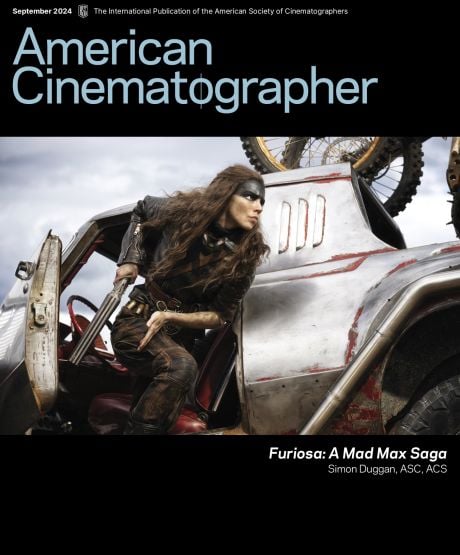
Unconventional Camera Tech Captures Elusive Creatures
Cinematographer Mitchell Long and biologist Forrest Galante find purpose in repurposing industrial camera technologies for two new Shark Week documentaries.
“Wildlife science is a massively underfunded arena,” comments wildlife expert and biologist Forrest Galante. One way around this obstacle is to finance conservation work by selling filming rights to production companies like Galante’s Phantasticus Pictures, a major producer of Warner Bros. Discovery’s Shark Week documentaries and series.
Phantasticus produced two specials for Shark Week 2024 — Alien Sharks: Ghosts of Japan and Sharks of the Dead Zone — using an ingenious combination of technologies which, in the past, have offered rare glimpses at some of the ocean’s most elusive animals.
“We haven’t invented anything,” Galante explains. “Instead, we’ve taken technology from other industries and repurposed it for filmmaking and science.”
Galante and cinematographer Mitchell Long are frequent collaborators and the masterminds of such contraptions as the “hippo cam,” a MacGyver-esque melding of pond decoration, toy speed boat, and GoPro camera used to get up close and personal with ornery river horses in Extinct or Alive (“Madagascar Dwarf Hippo,” 2019). For Galante, no idea is too far out, as long as it contributes to the science. “The most important thing is that I can identify what I’m looking for,” he remarks.
“As a cinematographer, you have to find the balance between capturing a moment and bringing forth the best image possible.”

For an episode of Mysterious Creatures with Forrest Galante (“It Comes in the Night,” 2022), an Autel EVO II Dual 640T thermal imaging drone was used to track and film migrating elephant herds in Mozambique. At night, the filmmakers regularly employ infrared camera traps, using Moultrie A900i trail cameras to capture lo-fi low-light imagery of nocturnal animals without disturbing their natural environment.
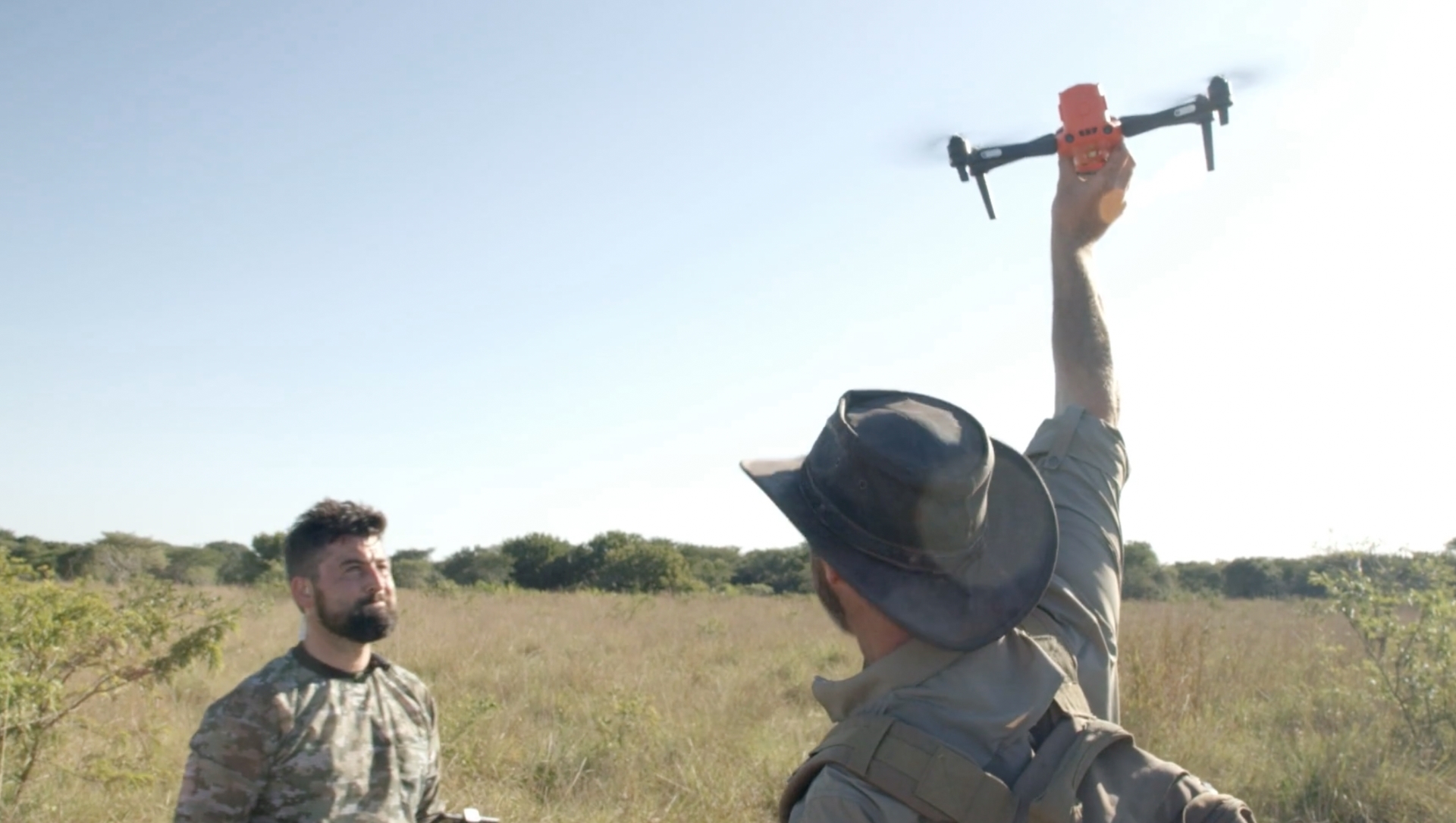
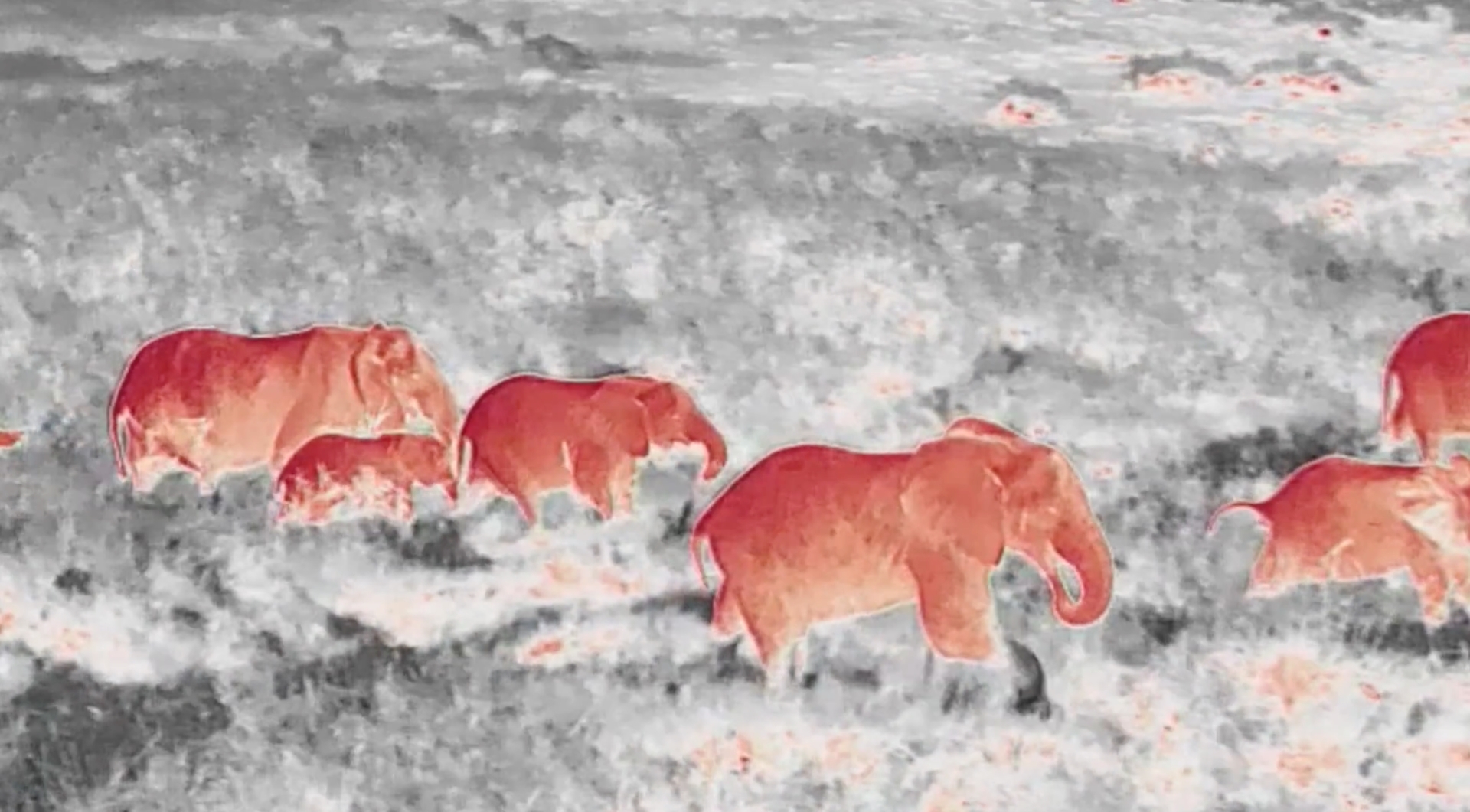
“As a cinematographer, you have to find the balance between capturing a moment and bringing forth the best image possible,” says Long. “A lot of the time, we’re looking for animals that are extremely hard to find — either they’re rare or just difficult to locate — so if you’re filming something that’s never been on camera before, any shot is great for science; it could lead to the species being protected or saved.”
While filming Island of the Walking Sharks (Shark Week 2022) in Papua New Guinea, they used a 100' standard-def Sanyipace sewer camera to search for epaulette sharks inside a coral reef. In that same episode, they used a four-channel Top Dawg wireless security camera system normally reserved for long-haul horse trailers to secretly film the epaulettes squirming out of the water to feed on land.

“The [Top Dawg] cameras have Bluetooth connections to a base station with a monitor,” Long explains. Each camera was hooked up to a power source inside a waterproof SKB case and monitored from a distance. “Epaulette sharks don’t move fast, so when we saw them come out of the water, we came in with our Red cameras to shoot them actually walking on land. It was a pretty cool moment!”

Sometimes an animal can be coaxed right up to the camera, as with the Baited Remote Underwater Video system, or BRUV. They feature a special bait canister to lure in typically standoffish subjects. Some BRUVs float on the water’s surface, while others are sunk to the ocean floor to wait up to eight hours for their quarry, such as the white tip weasel shark, a creature, according to Galante, that hadn't been documented for more than 40 years before he and Long (and shark expert David Ebert) made the effort. “You never would have seen that diving, because you’re only in the water for a couple of hours,” Galante remarks.
For their latest specials, they used a state-of-the-art BRUV designed and built by Juice Robotics of Narragansett, Rhode Island. The technological difference between a “hippo cam” and a Juice Robotics BRUV is substantial. The device is as simple as a bait arm, Juice Robotics’ own ICE Lite LEDs, a GoPro camera, a 44 lb. weight, and a flotation device rigged to a carbon-fiber frame. It’s built to go down thousands of feet, and can withstand thousands of pounds of pressure per square inch.
“Usually, we’re in locations we’ve never seen before and have to figure out how to make things work with the tools we have, but we’ve had a lot of success in that area.”
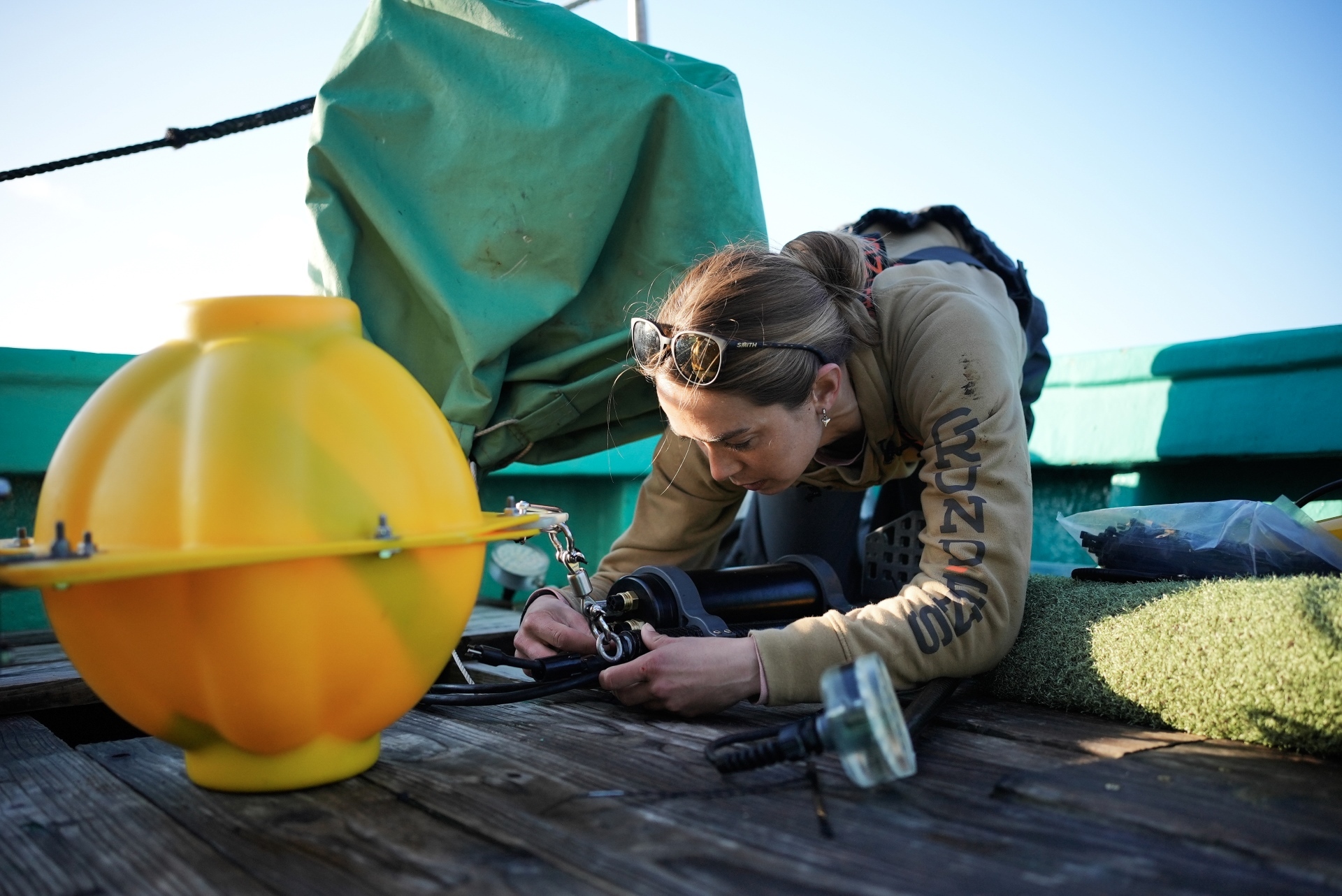
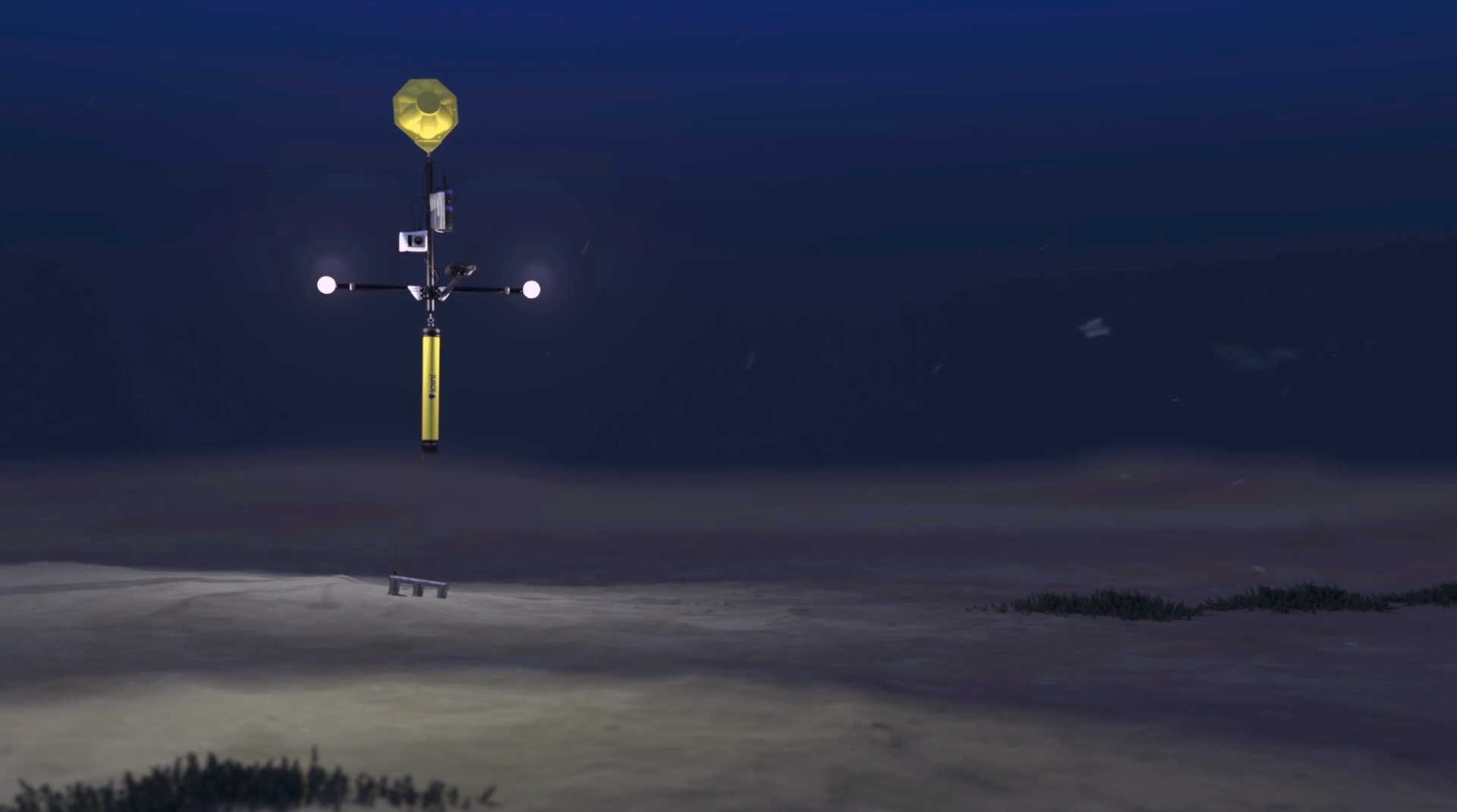
“Of all the things about the newest BRUVs, their deployment is what really sets them apart,” says Galante. “Retrieving a camera from the bottom of the ocean is incredibly difficult. You can’t attach a line because it would get tangled or float away, so you have to remote deploy and retrieve the camera via sonar. You send it down with the weights, and when you're done, you send an auto-release signal that lets go of the weight and your BRUV floats back to the surface.”
Upping their game with high-end equipment doesn’t mean they’ve left their DIY days behind. The opposite remains true, Long reveals. “In a perfect world, we could custom-build incredible rigs and spend all of our money on high-end cameras. Usually, we’re in locations we’ve never seen before and have to figure out how to make things work with the tools we have, but we’ve had a lot of success in that area.”




